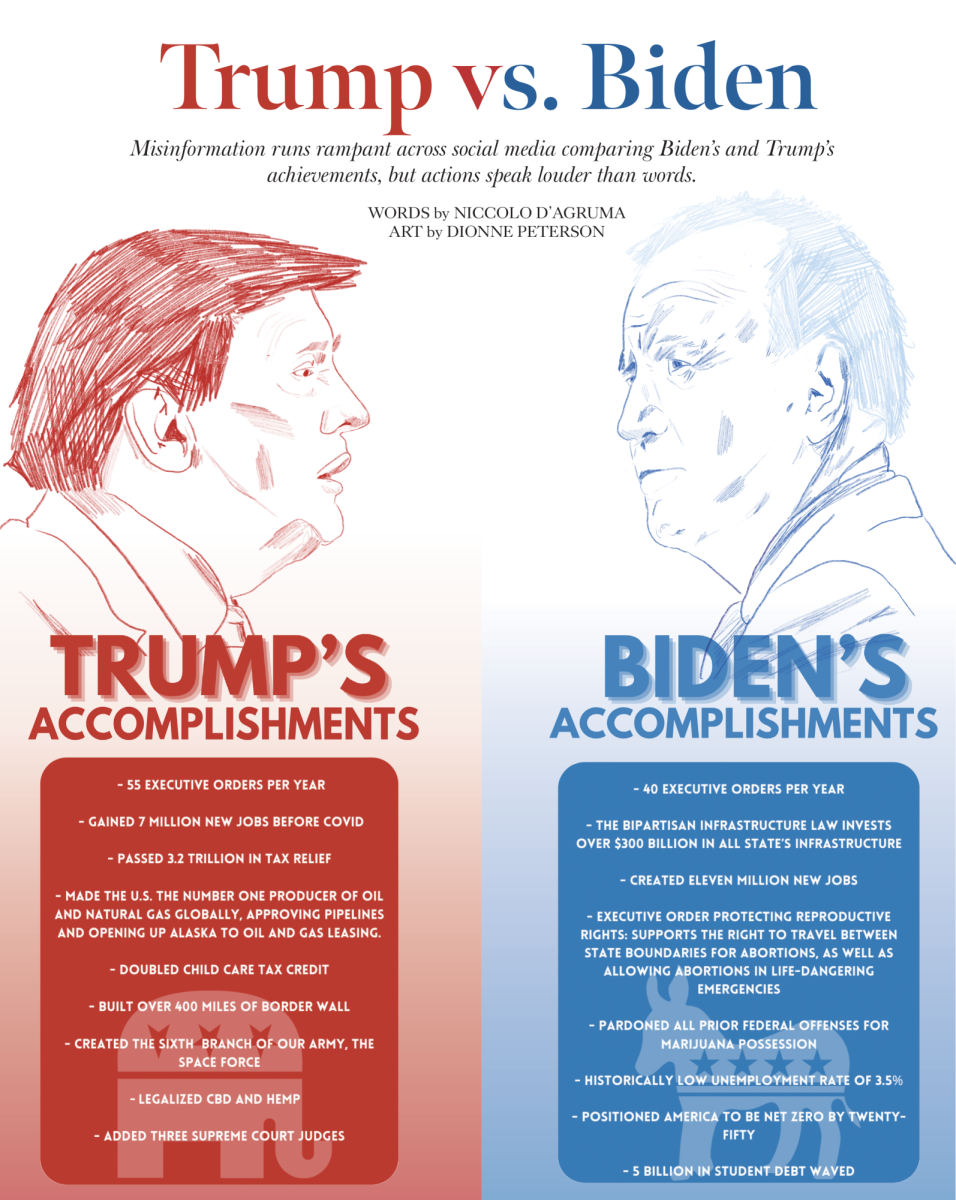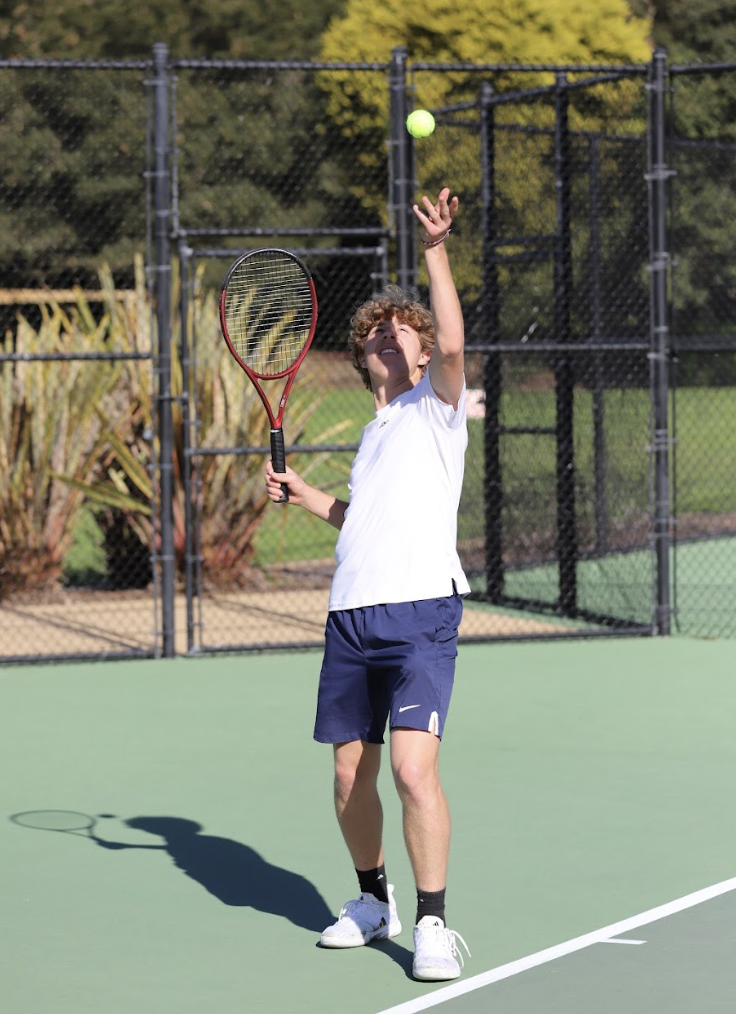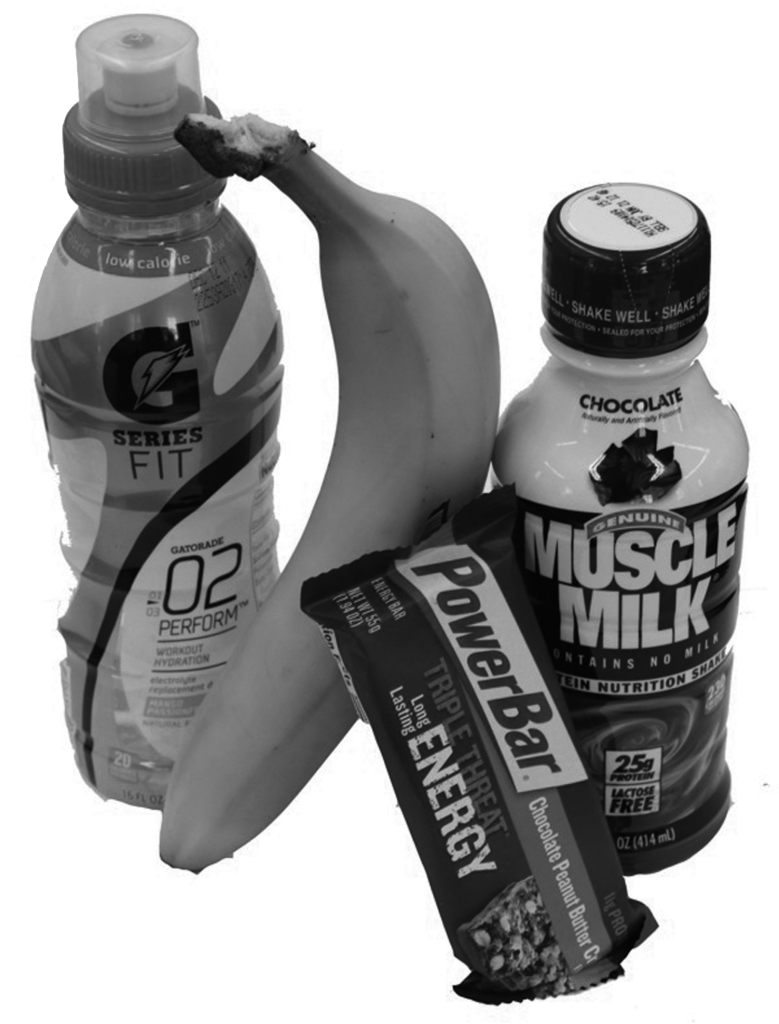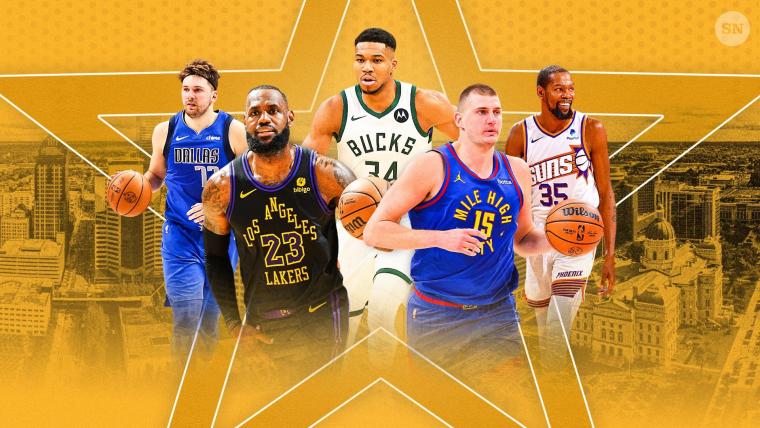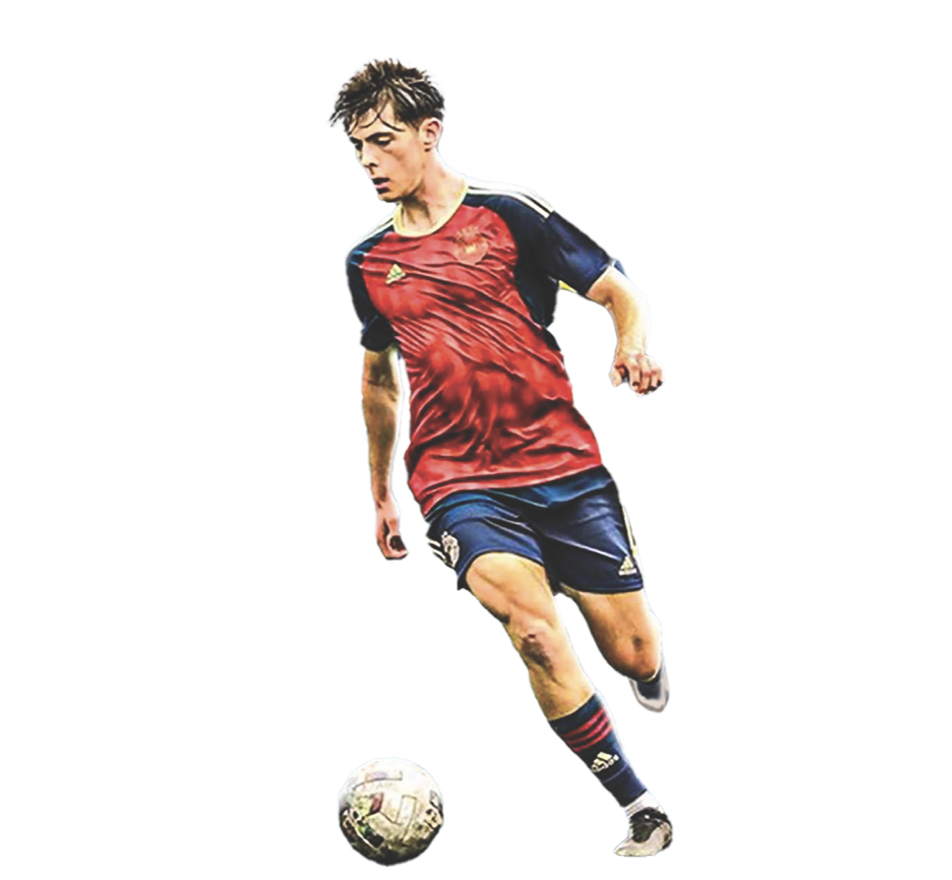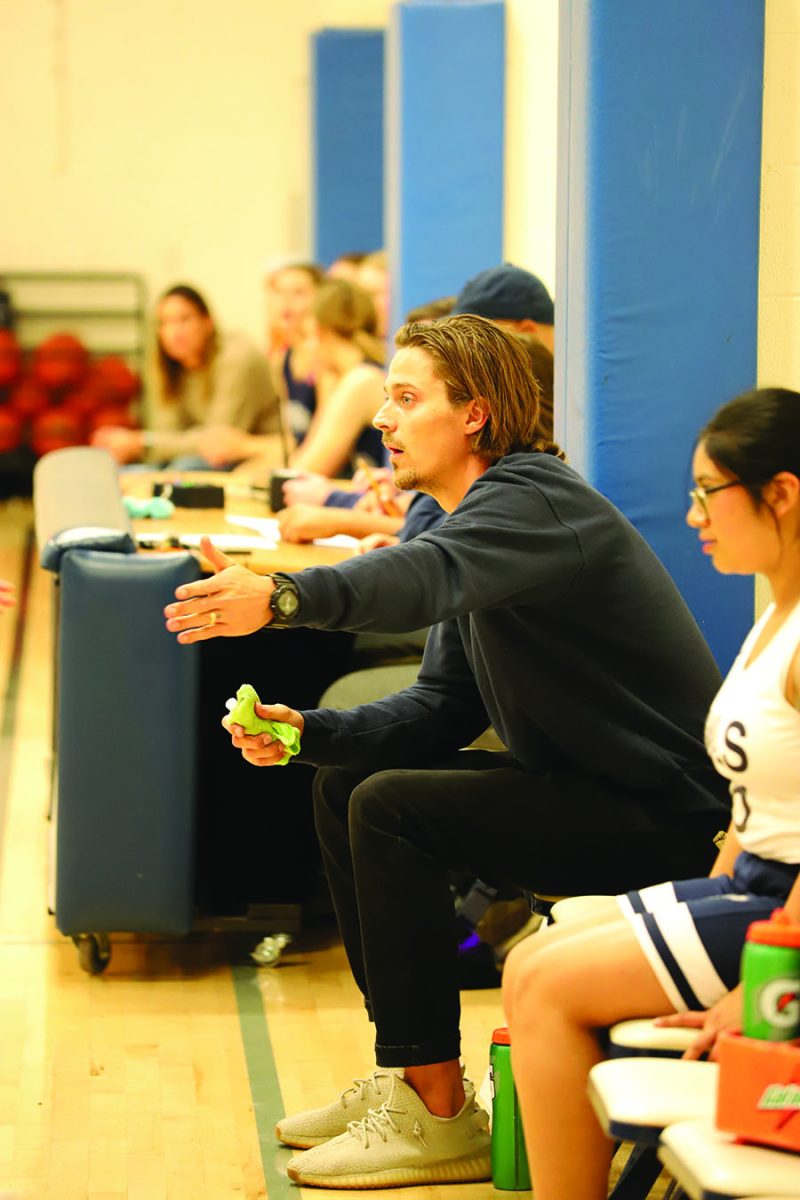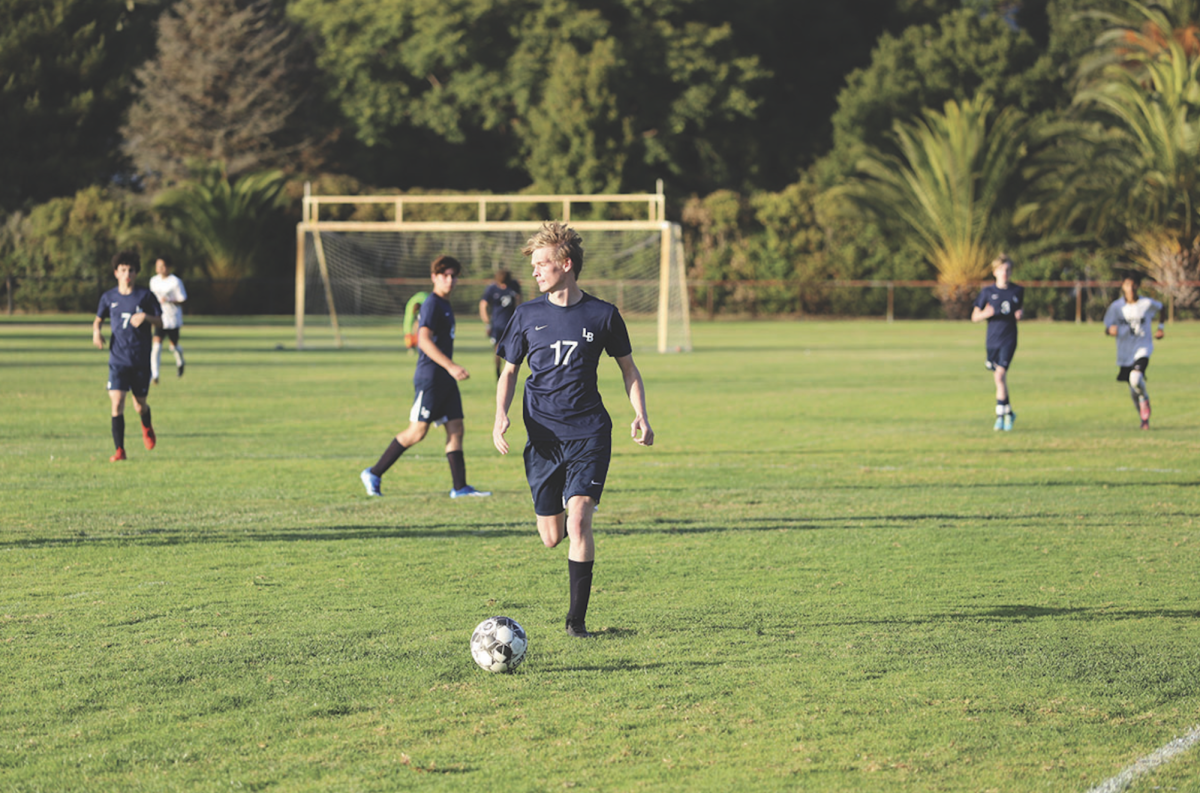Nutrition gives you an edge, and allows you to stay healthy throughout a difficult match or intense practice.
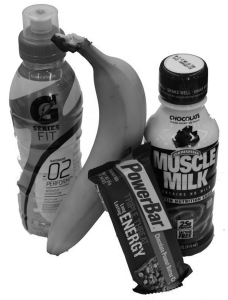
Competing and exercising, whether on a football field or on a cross country trail, requires a lot of energy and nutrients.
While eating and working out for Laguna students doesn’t incite second thoughts, many are unaware of how one affects the other.
The strains of a long school day usually drain students of energy and hydration that is necessary to perform well in after-school sports.
Each meal eaten contains energy sources that effect how students play.
Carbohydrates, proteins, fats, fluids, and electrolytes are all important components of an athlete’s diet.
Carbohydrates are important for endurance, which is determined by the athlete’s size and physical fitness. Fruit, vegetables, brown rice, whole-grains and sweet potatoes are all examples of healthy carbohydrates.
Protein requirements are high because athletes need extra support for their surplus of lean mass, constant muscle repair, and high levels of energy expenditure.
Providing essential fatty acids to the body is a must. Fats should account for 20-35 percent of a p
erson’s energy intake as they regulate blood pressure, heart rate, and immune response.
Hydration is also a huge component of an athlete’s diet, since it contributes to the quality of one’s performance.
According to Medscape, “Athletes should consume 400-600 mL of fluid 2 hours before exercising. During exercise, 150-350 mL (6-12 fluid ounces [fl oz]) should be ingested every 15-20 minutes. For exercise lasting longer than 1 hour or occurring in hot environments, the fluid should be a drink containing carbohydrates and electrolytes.”
Many students are unaware that snacking in fact is a crucial part of an athlete’s diet. The benefits vary from helping one fuel up between lunch and practice, giving one the energy-rich nutrients he or she missed during meals, and distributing calories evenly in order to maintain regular metabolism and blood-sugar levels.
But don’t overdo it! Keep portions small and nutrient-dense. Instead of eating a sugary donut for lunch, grab one of these suggested foods to keep your body healthy and energized.



